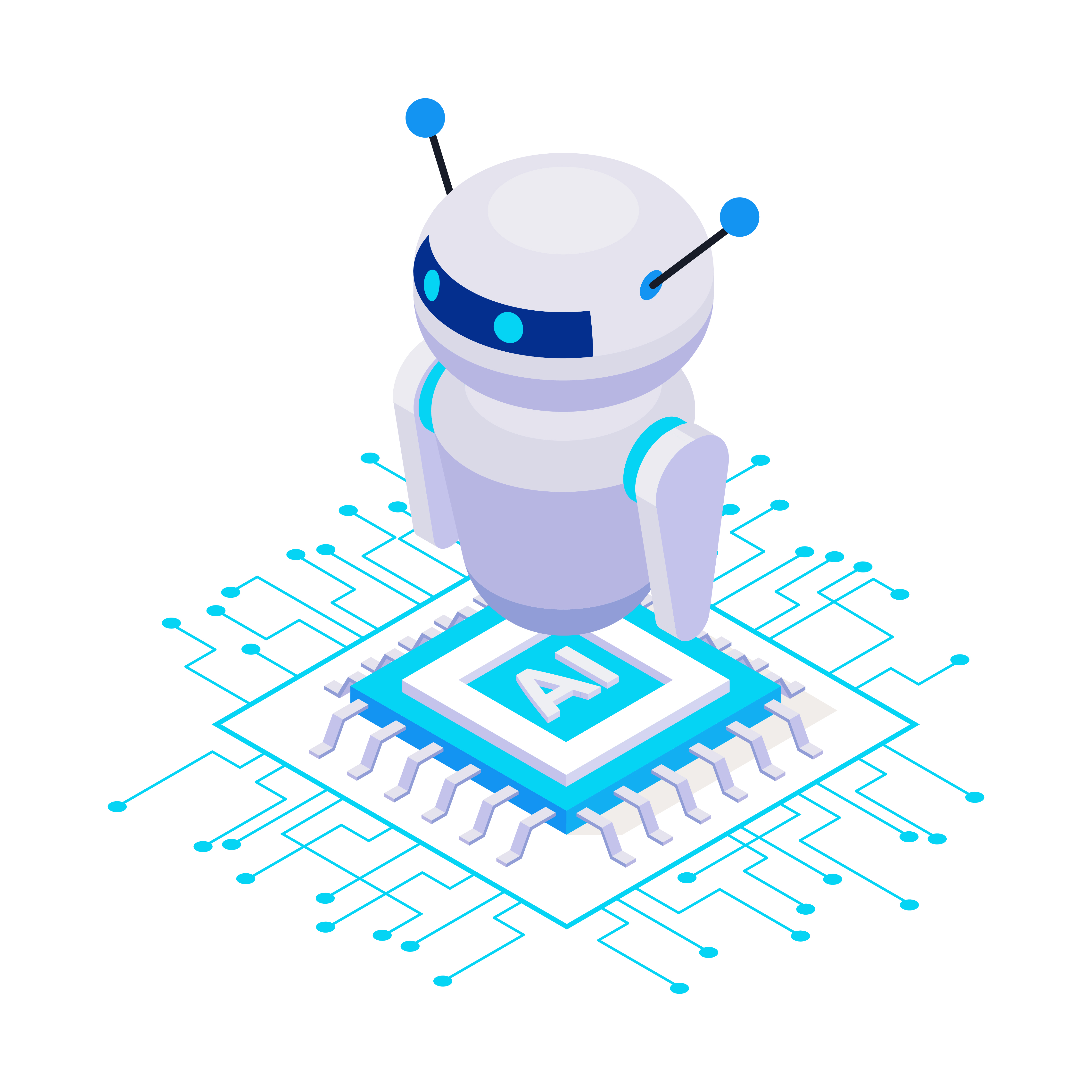Artificial intelligence (AI) – the sexy buzzword of the decade, capable of predicting your coffee cravings and beating world champions at chess. But what lies beneath the glitzy surface of self-driving cars and intelligent assistants? Math, my friend, hardcore math.
If you’re tempted to embark on the AI odyssey, be prepared to buckle down and sharpen your mathematical arsenal. We’re talking about wielding tools like:
1. Linear Algebra: The Language of Dimensions

Imagine mapping out galaxies or analyzing human movement – that’s the power of linear algebra. It tackles vector spaces, transformations, and matrices, forming the backbone of algorithms that learn patterns and relationships in data. Think of it as the Rosetta Stone for understanding how AI sees and interprets the world.
2. Graph Theory: Where Connections Rule

The world is a web of connections, and AI thrives on navigating them. Graph Theory equips you with the tools to understand these networks, from social media connections to neural pathways in the brain. You’ll learn how to model, analyze, and optimize these relationships, making AI systems smarter and more efficient.
3. Stats and Probability: Predicting the Unpredictable

Uncertainty? AI embraces it! Statistics and probability provide the framework for dealing with the inherent randomness in data. From measuring risk to building models that learn from incomplete information, these skills are crucial for developing robust and adaptable AI systems.
4. When AI Takes a Derivative: The Role of Calculus

AI is all about learning and adapting, and calculus provides the mathematical language for describing that change. From optimizing algorithms to analyzing complex data trends, calculus gives you the power to understand how AI systems learn and evolve over time.
5. Relations and Functions: Mapping the Inputs and Outputs

AI algorithms are essentially functions that take inputs and produce outputs. Understanding how these relationships work, how they’re defined, and how they can be transformed is key to building and manipulating the very tools that power AI.
6. Data Structures: Organizing the Chaos

AI deals with mountains of data, and without proper organization, it’s like trying to find a needle in a haystack. Data Structures like arrays, lists, trees, graphs, and heaps provide efficient ways to store, manage, and retrieve this information, making it accessible for algorithms to work their magic.
7. Algorithms: The Recipe for Intelligence

Algorithms are the step-by-step instructions that guide AI systems to solve problems, make decisions, and learn from experience. They’re the heart of machine learning, enabling models to identify patterns, make predictions, and generate new insights from data.
But wait, there’s more!
While a knack for hardcore math is essential, remember that AI isn’t just about crunching numbers. Critical thinking, problem-solving skills, and a healthy dose of creativity are equally important. You need to be able to interpret the math, translate it into real-world problems, and design solutions that make a difference.
So, are you ready to dive into the exciting world of AI? Remember, with dedication, the right tools, and a passion for mathematical exploration, you too can unlock the secrets of intelligent machines and shape the future of technology. Just don’t forget your calculator!

